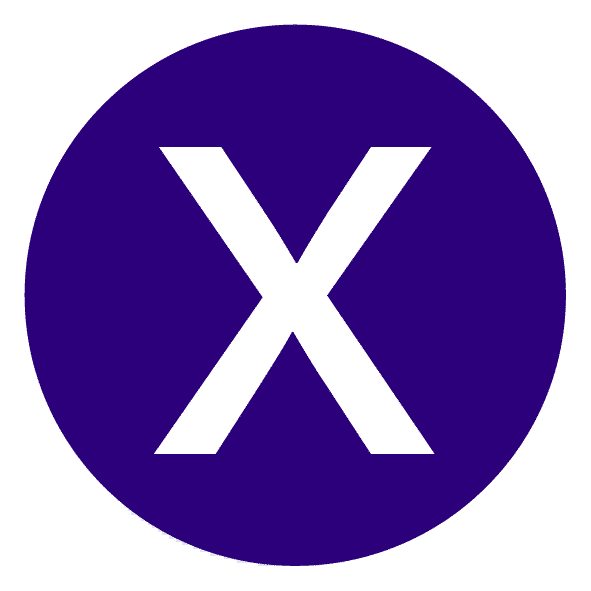Crossing networks automatically match buy and sell orders at certain times of the day. These are particularly useful for traders looking to execute large orders without affecting stock prices. ECNs are a type of ATS that automatically match buy and sell orders at specified prices. They’re popular among traders looking for quick transactions and are often used for trading stocks and currencies. Traditional exchanges are open to the public, while some ATSs cater to specific types of traders/investors or require high minimums. Although not themselves SROs, ATSs are regulated by the SEC under Regulation ATS.
Critics argue that they can be used for market manipulation and can contribute to market instability. So, if you’re an individual trader, your options might be limited with certain ATSs. So, it’s important to choose a reputable ATS with a strong track record and risk management practices. At the same time, ATSs also introduce challenges such as market fragmentation and regulatory complexities.
An electronic communication network (ECN) is a forum or network that is totally… A hedge fund interested in building a large position in a company may use an ATS to prevent other investors from buying in advance. Thomas J Catalano is a CFP and Registered Investment Adviser with the state of South Carolina, where he launched his own financial advisory firm in 2018. Thomas’ experience gives him expertise in a variety of areas including investments, retirement, insurance, and financial planning. Yet, if you are using a broker who is refinancing itself via payment for order flow, your orders might get routed via one of the ATS venues.
Overall, ATSs are expected to maintain their significant role in the future market structure. There is an ongoing debate around whether the fragmentation across dozens of ATSs should be consolidated versus continuing to allow competition and specialized venues. Before you start ATS trading on a crypto exchange, it is important to do your research and choose an exchange that is right for you. Registered representatives can fulfill Continuing Education requirements, view their industry CRD record and perform other compliance tasks.
They ensure these platforms comply with federal laws and regulations to protect investors. Regulation ATS was introduced by the SEC in 1998 and is designed to protect investors and resolve any concerns arising from this type of trading system. Regulation ATS requires stricter record keeping and demands more intensive reporting on issues such as transparency what is an alternative trading system once the system reaches more than 5% of the trading volume for any given security. This can make it harder to find the best prices for your trades, especially for less liquid securities. ATSs are often technologically innovative, implementing new systems that execute trades faster. They provide a platform for trading a wide range of financial instruments.
An Alternative Trading System (ATS) refers to a platform or network that facilitates the trading of securities outside of traditional stock exchanges. This means that ATS operates as an alternative to the traditional centralized exchange, providing a different avenue for investors to buy and sell securities. ATS systems are generally electronic, bringing together buyers and sellers in a virtual marketplace. ATS platforms facilitate trades by connecting buyers and sellers, often for specific types of securities. They can offer better liquidity and sometimes better prices than traditional exchanges.
They offer a range of services and can be a good fit for traders looking for a one-stop-shop solution. Governed by the SEC and FINRA, these platforms must adhere to specific rules and amendments to ensure fair operation. For instance, they need to file notices and keep records to maintain a level of transparency. Companies looking to operate an ATS must meet stringent security requirements and operational standards.
While dark pools aren’t required to publish quotations on their platforms, all ATSs—including dark pools—have a regulatory obligation to report information about trades that occur on their platforms. Transactions executed on exchanges are reported and published on the consolidated tape, an electronic system that provides real-time trade data for listed securities. Broker-dealer crossing networks are alternative trading systems that match buy and sell orders from registered broker-dealers. These systems are used to trade securities that are not listed on a formal exchange. Broker-dealers are required to disclose their order information to the crossing network, which then matches the orders and executes the trade. Dark pools are typically used by large institutional investors because they can trade large blocks of shares without moving the market.
There are also alternative trading systems, largely used by institutional investors. A stock exchange is a heavily regulated marketplace that brings together buyers and sellers to trade listed securities. An ATS is an electronic venue that also brings buyers and sellers together; however, it does not have any regulatory responsibilities (though it is regulated by the SEC) and trades both listed and unlisted securities. In the United States, its BZX Exchange became a registered exchange in 2008, and its BYX Exchange was launched in 2010.
- They allow for anonymity by not displaying orders and employing unconventional trading protocols like call auctions, mid-point pricing, or size/price priority order books.
- For example, front-running – the practice of buying shares out from under an investor, only to turn around and sell them back at a premium – is banned on most exchanges.
- These platforms provide a marketplace where traders can execute orders without the public transparency of a securities exchange.
- This tool does not create any new legal or regulatory obligations for firms or other entities.
- They are known as multilateral trading facilities in Europe, ECNs, cross networks, and call networks.
In 2011, it acquired Chi-X Europe, making it the largest stock exchange in Europe. In 2015, Bats acquired Hotspot, an electronic communication network (ECN), allowing institutional investors spot trading, swap execution, and forward trading services. Instead of routing your order to an exchange, your brokerage firm may execute your order itself or may route your order to an execution venue that isn’t registered as an exchange or an ATS.
Overall, ATS offer advantages like innovation and confidentiality while also facing challenges like lower liquidity and restricted access. Traditional exchanges are heavily regulated, while ATSs have more flexibility. This can create barriers for smaller players and limit access to certain markets. So, if you’re looking for better prices, flexibility, speed, anonymity, and unique liquidity, an ATS might be just what you need. This can open up new trading opportunities and potentially improve your execution.
Adam Hayes, Ph.D., CFA, is a financial writer with 15+ years Wall Street experience as a derivatives trader. Besides his extensive derivative trading expertise, Adam is an expert in economics and behavioral finance. Adam received his master’s in economics from The New School for Social Research and his Ph.D. from the University of Wisconsin-Madison in sociology. He is a CFA charterholder as well as holding FINRA Series 7, 55 & 63 licenses. He currently researches and teaches economic sociology and the social studies of finance at the Hebrew University in Jerusalem.
Traditional exchanges, on the other hand, provide full transparency, which is essential for price discovery and fair markets. Some ATSs cater to specific types of traders or require high minimums to participate. Next, regulatory oversight is lighter for ATSs compared to traditional exchanges. There’s less oversight and trader protection compared to traditional exchanges. This pushes all venues to improve their offerings, leading to better prices, faster execution, and more transparency. They offer specialized platforms and order types that cater to specific trading strategies.
The regulatory framework aims to create an even playing field between ATSs and public exchanges while still allowing flexibility in ATS trading models. As defined by the SEC, ATSs provide an additional pool of liquidity outside of traditional public exchanges like the NYSE and Nasdaq. Some exchanges use a hybrid model, which is a combination of the order book and peer-to-peer model.













